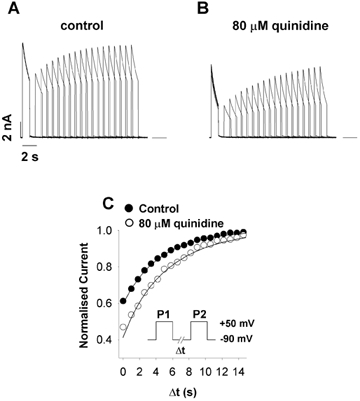Figure 8. Effect of quinidine on the rate of recovery from inactivation in fKv1.4ΔN.

A, fKv1.4ΔN was depolarised from −90 to +50 mV for 1 s (P1) with a variable duration inter-pulse interval (Δt) followed by a pulse (P2) to +50 mV (stimulation rate = 0.03 Hz, [K+]o = 2 mm). B, same protocol as described in A, but with 80 μm quinidine. C, peak currents during P2 were normalised to peak P1 currents and plotted as a function of Δt. The filled and open circles represent control and quinidine-treated data, respectively. Data were fitted using the equation: f = 1 – (Aexp(-t/τ)), where f is fractional current, A is the amplitude of the current, t is duration (in s) and τ is the time constant. Quinidine only slightly slowed the rate of recovery. The mean time constants for recovery were 4.873 ± 0.126 s (n = 5) in control and 5.358 ± 0.086 s (n = 5) in the quinidine-treated group (P < 0.002 by Student's paired t test). This similarity in recovery rate suggests that the ability of channels to conduct on succeeding depolarisations is dominated by recovery from inactivation and not by drug dissociation.
